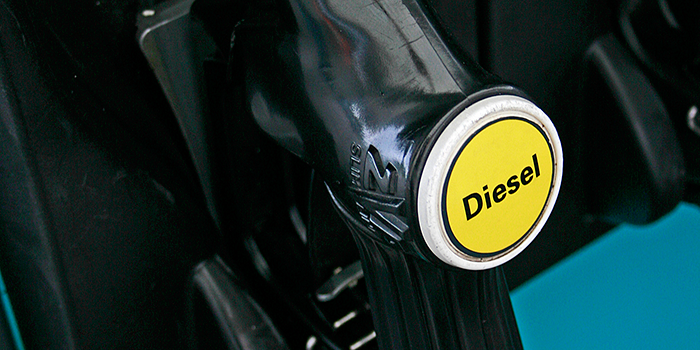Oil has a tendency to polarize opinions. To some, it is the ultimate economic enabler, the product that ushered in an era of mass mobility, globalization and staggering industrial achievements. To others, it is the devil in liquid form—the root cause of all environmental degradation and the cause of wars pestilence, famine and despair.
As with most polarized opinions, the truth probably lies somewhere in the middle. Transportation does rather underpin trade. You can apply the same polarization to the current nosebleed-inducing fall in the price of oil. WTI has dropped by over 45% since June through December 2014, and this too has thrown up a number of opposing views.
At this point, and as this is my first column for Fleet Equipment, I’d better come clean: I’m a rank pessimist. The glass is not just half empty but under collateralized and the contents therein represent a growing and alarming asset bubble. The music will stop, the glass will shatter, the loans will be called and I will sit in my corner muttering to the effect of, “I told you so.” Just so you know. For every positive, there are many negatives.
That aside, this is a strange time to be running trucks. Think on this—Covenant Transportation pre-announced ahead of 4Q earnings. It blew estimates out the door. Dig down into the numbers and you’ll see that its yield (revenue per loaded mile) is up more than 10%. Covenant is doing very well, thank you.
Here’s the kicker: Of all of the publicly held TL carriers, Covenant is the most active in terms of fuel hedging—27% of its fuel needs are hedged, and, as a result of the plummeting price of fuel, it’s now on the wrong side of things. Yet, it’s still printing money. So if a truck operator with no real exposure to a fuel pricing benefit is popping corks, then so too should the rest of the industry. Christmas has come early, and given that you’re reading in the New Year, that may seem an odd analogy, but you know what I mean. There probably hasn’t been a better time to be running trucks since 2006.
So let’s have a look at the downside. The last few months—indeed all of 2014—have been characterized by serious order intake for Class 8 trucks. What’s been driving this? A bit of renewed confidence in the economy? Perhaps. Getting a reasonable rate? Maybe. For my money, it comes down to something far simpler—model year 2014 trucks are more efficient than their predecessors. Diesel sits second to staffing costs in terms of input costs, and so, there has been a clear commercial case for churning pre-model year 2013 product out of the fleet.
As oil—and to a lesser extent diesel at point-of-sale—reduces in price, what happens? Let us say there is a 10% premium for new product predicated upon a 10% operational saving. These are arbitrary numbers and lets call them good for June 1, 2014. As of Jan. 1, 2015, the premium remains the same but the operational saving drops to 5%. Fuel costs less; the improvement in MPG is thus constant in absolute terms but reduced in cost terms. That new truck becomes a lot less attractive from a business case perspective.
This would be foolish. When oil bumps again, it will do so likely with a vengeance. For those caught on the wrong side of the trading cycle, business will become very difficult indeed. Not only will they be paying a significant premium to get back on level terms with their already invested competitors, but also the trade equity in their older vehicles will have dropped markedly.
Winter is coming in terms of truck sales. The current situation cannot last forever and my best guess is that April 2015 will herald some very cold weather indeed. For those buyers who are not positioned optimally by then, that cold could become glacial. This may be an opportunity to enjoy reduced costs, but it also marks an opportunity to make some very damaging business decisions.














